BOINCOS-Minimal Beta v2.0 Release
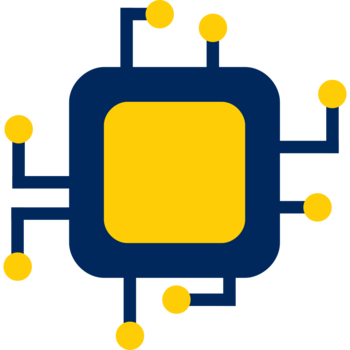
Introduction
The following post will include:
BOINC OS v2.0-Beta release notes
BOINC OS experimental versions: An announcement and brief description of various ideas people over different forums and chats have come up with regarding the OS
GridPi: Brief outline of the project I'll be working on for the Gridcoin community and my proposals
Minimal Spin Change Notes
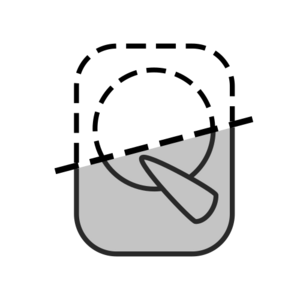
After about 900 lines of code, the Minimal distro is finally finished and ready for public use. For those who are unaware, the Minimal spin of BOINC OS is aimed at servers and slightly more advanced users who just want to compute and nothing more. It contains the very bare essentials with a few features to help the user track progress, fitting all of that functionality onto only a 4GB USB.
You can find the latest release here.
The BOINC OS Helper
This is the majority of the code that was written for the OS and provides a mostly friendly interface to interact with key functionality and configurations of the system. It allows the user to:
- Access the BOINC manager and change their RPC password
- Access monitoring tools and reports to track performance
- Modify and configure the packaged firewall program
- Set up networking (ethernet and Wi-Fi)
- Provide some basic documentation
The aim of this bundled program is to make such a barebones system accessible to these who don't like getting down and dirty with the fundamentals of their OS - the terminal. So I want to extend a hint of simplicity that all of these systems should have to the Minimal spin too.
Other
The BOINC OS Helper was the main addition to the Beta, however there are some small but notable changes that should be considered too.
Security is a big consideration and within the Minimal spin and you will see a firewall including some custom tools that go along with it such as easy on/off and reset commands and rule creation.
Installation scripts have been generated to make it easy (for me in particular) to develop a working system and these can later be extended to something much bigger as outlined later on in this post.
Next Steps
So what should you expect to see in the upcoming updates?
Well I expect the very next update to come for both the Minimal and Standard distro in which I will be experimenting on ways to implement both UEFI and legacy BIOS boot to satisfy all machine types specifically to satisfy this request here and to allow me to put the spare laptops contributed from my school to use.
Following this I intend on developing accessibility features such as locale changes and timezone setting to be implemented into the BOINC OS Helper.
BOINC OS Experimental
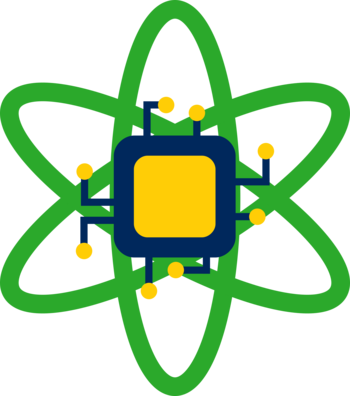
BOINC OS Experimental is expected to be a new line of BOINC OS spins and tools that satisfy niche tasks, and these packages, I predict, will come more from the community as opposed to me. This is also an announcement for a new sub-page for these projects to be added to the BOINC OS website which will come when my friend gets some time to develop it.
If you posses the skills to maybe tackle one of these problems, reach out to me in the comments or via email ([email protected]) and I can get you kitted out with some tools and info.
I hope for this line of tools to solve many user requests and incompatibilities that have been pointed out.
BOINC OS Installer
This is not necessarily a distro, rather a tool to build and/or install one. This, I expect, will be the project that kickstarts (or is kickstarted) by development on the Full Package distro. I think it's essential to have and continue making installation scripts for each distribution in order to make this project happen smoothly.
I can expect to see two possibilities for this, either a bootable USB to install the OS to a disk/USB, or a desktop application that automatically installs a chosen distro to a chosen disk/USB.
PXE Boot
PXE is a way to get a bootable image onto many machines at one time, either for installation or temporary usage (diskless system). This is common for large organisations such as schools and by making this, it could be expanded into corporate environments (if such organisations are so inclined).
Development on this is currently being looked into with @tcblack taking a particular interest.
Raspberry Pi Spin
Raspberry PI (RPI) users are a mainstream market that BOINC OS can tap into and enable this simplified service of volunteer computing to be used by people looking for a simple solution or package to get started with volunteer scientific computing.
This project may expand to the GridPi project discussed later in the post.
VirtualBox Spin
It has been raised that another idea to expand BOINC OS is to create a virtual disk image to satisfy users who wish to separate their actual OS from any BOINC tasks and make it only a couple clicks for them to set this up.
This can also be considered a "taster" for the actual OS and may give new users more confidence in using the system and participating in volunteer science
GridPi
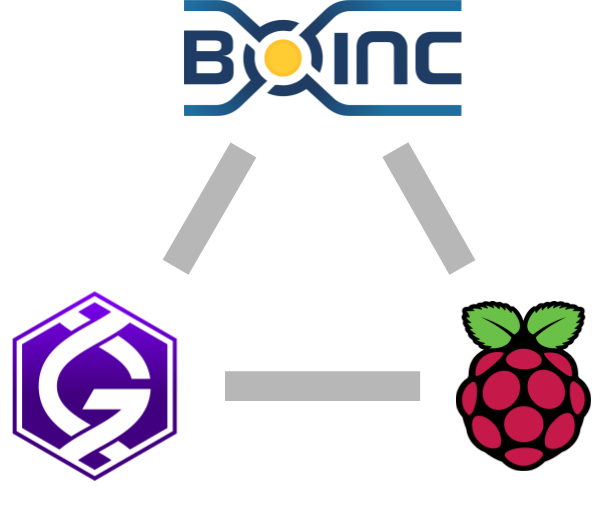
GridPi intends to be a project that allows anyone to participate in distributed computing and Gridcoin easily through a complete system that includes a SBC (or multiple) and associated custom software and operating system all packaged into a clean and space-conscious chassis. The project is currently being theorised by @crt, @hotbit, @confuest and myself.
The entire system would have to harbour BOINC, a Gridcoin wallet (or online alternative) and a graphical-based OS that can handle trivial web browsing and generic tasks.
My Ideas
The system needs to be built for performance but also usability, and in order to satiate for the amount of things we need to run on this thing, I've developed an architecture consideration that might be used for the actual thing:
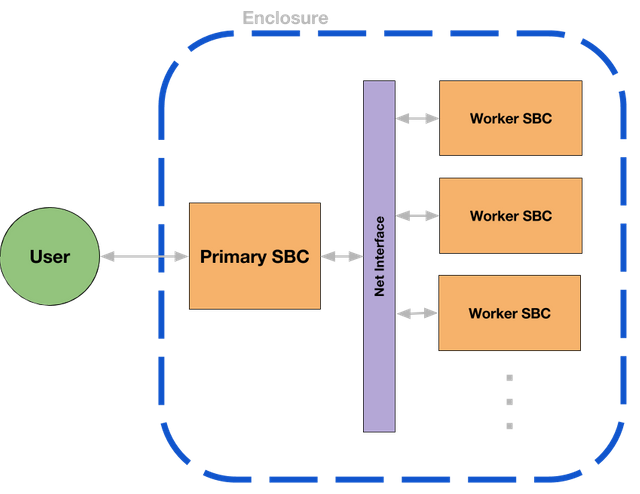
As shown, the device would have to consist of a primary board that contains the Gridcoin wallet, BOINC manager and associated OS with GUI and external worker boards connected by a small network switch to the primary. The primary board will run a custom GUI-based OS as opposed to the worker boards running off of a headless image. The purpose for this architecture is to free up adequate resources so that the user can experience fluency - ie, keep all user-interface tasks in one place and leave dedicated hardware to run the computing.
Keep in mind that this project is in early stages so stay tuned for possible updates!
Conclusion
Unfortunately it is coming close to the end of summer holidays for me so development will slow from here-on but it will not cease. In the meantime I hope to contribute my knowledge for the betterment of society and hope that my creations find use in the lives of our wonderful community members.
Thank you all for sticking along for the ride!
Acknowledgements
- The Raspberry Pi logo is a trademark of the Raspberry Pi Foundation
- BOINC Logo, Copyright Michal Krakowiak
Excellent work, this is quite impressive!
Have you considered using BOINC docker containers for increased worker/work-unit isolation (in case of malware)?
I thought about using Project Atomic or similar container os for BOINC in the past but never got around to it.
I've never used docker, I'll have to look into it. Thanks for the info and feedback!
This is a big announcement and a giant step towards milestone as this will make of use in various projects as being discussed on slack. Strong support @delta1512 for a great work!
It sure is, I look forward to working on GridPi!
I ought to have some actual work done on PXE next weekend. Nothing this weekend though.
Can't wait to see it! Thanks for helping out with the project!
Thanks for the detail and interesting developments
Glad you enjoyed!
Gridcoin is my favourite coin. I accidentally purchased it on my very first trade. I was buying crappy Groestlcoin at the time and typed GRC instead of GRS. It was only when 5555 arrived in my account for my £100, did I realise something had gone wrong! I then quickly converted 4555 back and kept 1000 to remind myself of the stupid mistake I made.
It was only a few weeks later that I got myself a Gridcoin wallet and researched the coin. I was struck dumbfounded when I discovered it is now linked to the SETI project; I set-up all the screensavers on our project's floor, in the early 2000's (30 PC's). We all agreed it was a worthy cause and we'd argue about who's machine was performing best. I.E. we all had the same equipment, but we pruned all threads that weren't required to try to out do each other each week.
So, I've purchased lots more coins and have just switched from Pool mining to Solo. I'm now waiting for my first Stake, which is a few hours away... Fingers crossed.
Amazing story, it somewhat resembles typical science where the majority of discoveries stem from some sort of experimental accident. This one seemed to have you discovering something very beneficial to both you and society.
It's great to hear that you are getting along well with Gridcoin, welcome to the community and good luck with getting your first stake!
thats really great..i have followed you please follow back for tech updates.